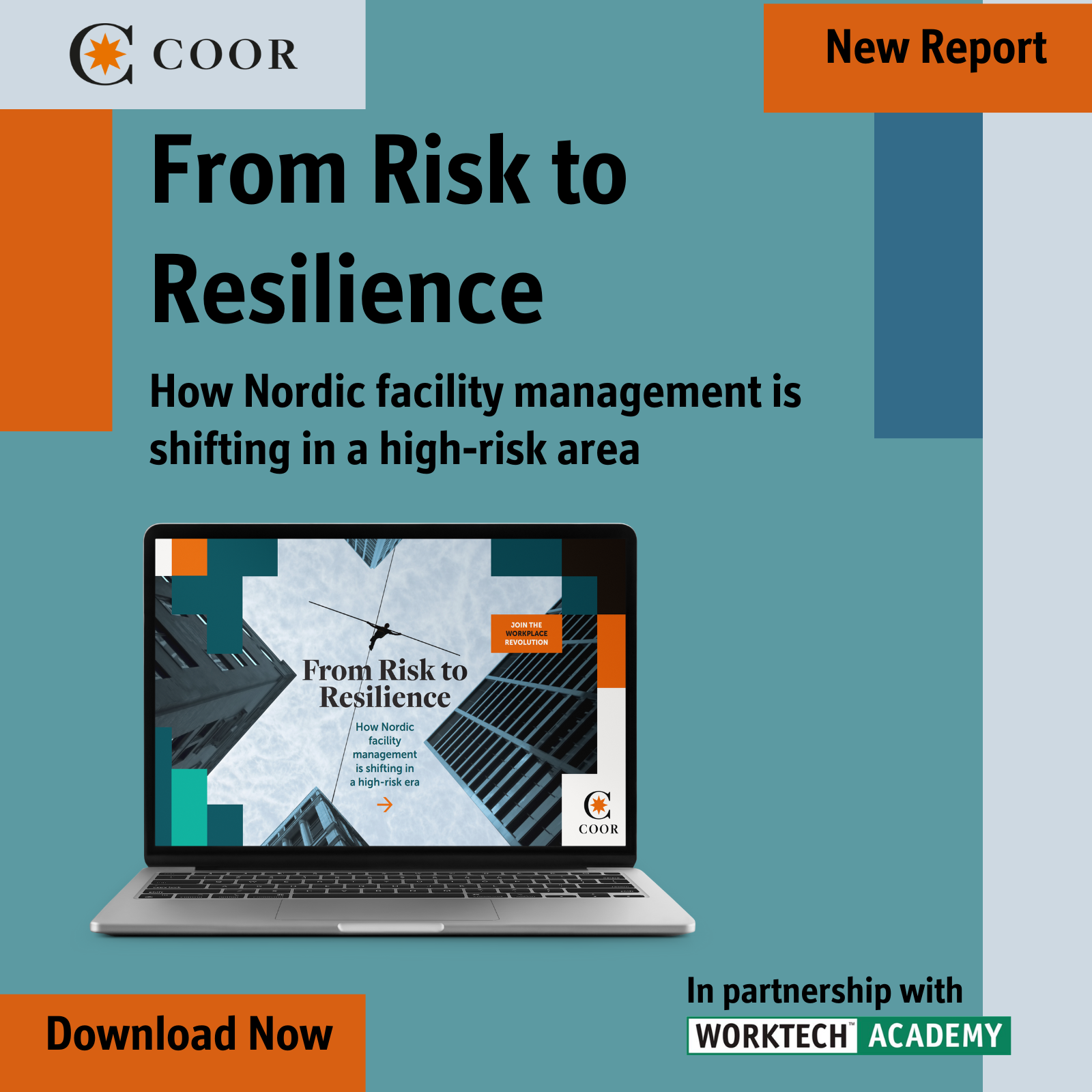Signal File: what this week’s headlines reveal about creating a sustainable workforce
This week’s signals track how humans and machines are learning to adapt, from empathetic robots and age-diverse founders to construction automation and the cooling job market
Staying ahead in the evolving world of work means tuning into how adaptability is reshaping people, processes and progress. Robots are learning to build and feel, older workers are turning longevity into entrepreneurial energy, and the labour market itself is slowing under the weight of uncertainty. Across industries, intelligence is no longer just artificial, it’s adaptive, human and deeply intertwined with the systems that sustain it.
3D printing robot builds a house in a day
Australian startup Crest Robotics has unveiled Charlotte, a spider-like robot capable of 3D printing a 2,150-sq-ft home in just 24 hours. Using sand, crushed brick and recycled glass, the system produces flood- and fire-resistant structures with a fraction of the carbon footprint of conventional builds.
In action: As robotics and circular materials converge, the construction site is becoming an automated ecosystem where machines can design, adapt and build for resilience.
Workforce longevity fuels senior entrepreneurships
A growing number of Americans in their 70s and 80s are starting their own businesses, according to The Wall Street Journal. Nearly one-third of people in their 70s, around 1.3 million, now run a company, almost double the rate among those in their 60s. Rising living costs and longer lifespans are key motivators, but many older entrepreneurs are also pursuing purpose-driven ventures, from care-tech platforms to consultancy firms.
In action: Recognise longevity as an innovation asset, older entrepreneurs bring cross-generational insight that can strengthen purpose-led design and workforce inclusion strategies.
Robots learn the language of empathy
Cartwheel Robotics has unveiled Yogi, a soft-bodied humanoid designed for companionship rather than labour. Built from medical-grade materials and powered by adaptive AI motion systems, Yogi can perform light household tasks while responding to human emotion and movement. Unlike Tesla’s Optimus, its goal isn’t productivity but connection, positioning empathy as the next frontier of home robotics and intelligent environments.
In action: Pilot social robotics in offices to support employee engagement, inclusion and emotional accessibility.
The ‘low-hire, low-fire’ economy stalls career mobility
A new Bloomberg analysis shows that the US job market has entered a ‘low-hire, low-fire’ phase, with hiring and layoffs both well below pre-pandemic levels. The result is that there are fewer opportunities for new entrants and mid-career workers alike. Nearly a quarter of the unemployed have been out of work for over six months, while churn across industries has dropped sharply. Economists warn this static cycle could mask growing underemployment and slow wage growth.
In action: Develop mobility-focused talent strategies that open internal pathways, reskill stagnant roles, and counteract the innovation drag of a no-churn economy.








